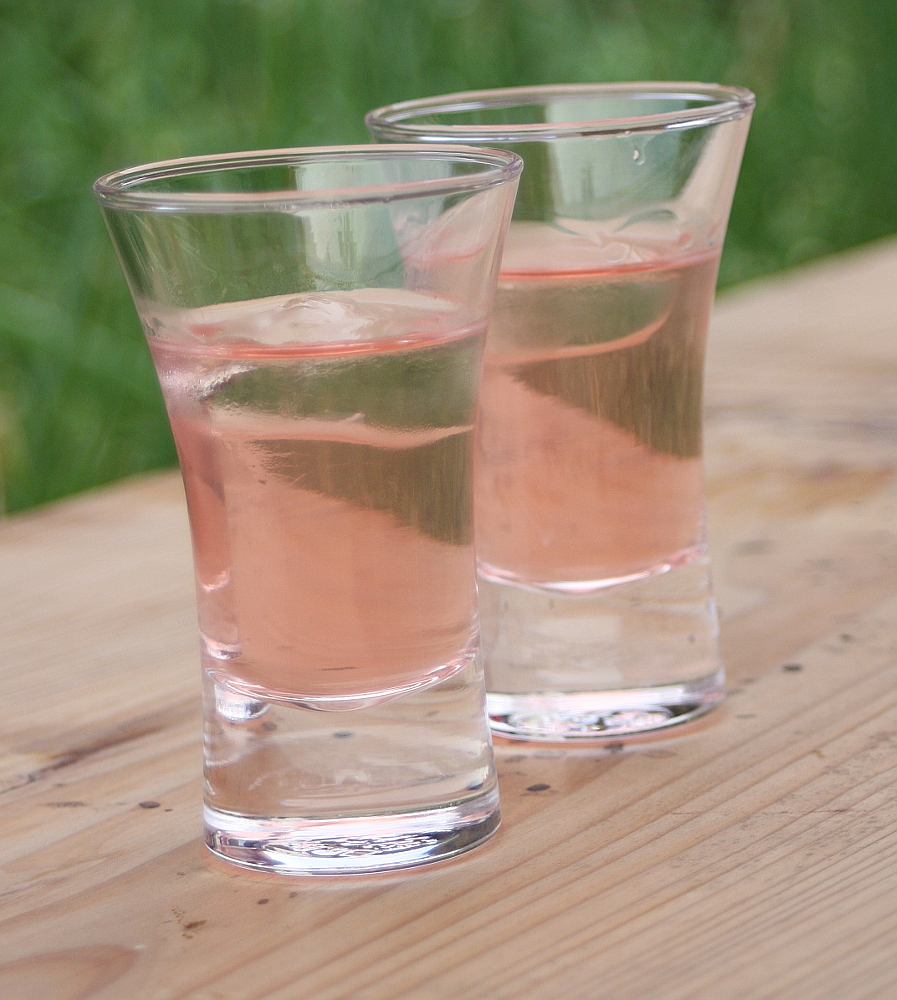
What is needed to make Japanese plum wine? Plums, of course, and alcohol, and somewhere to make it. Somewhere preferably up a steep mountain through dark woods over a narrow, muddy path. At least, that is what I have come to believe after visiting four ume shu producers at an 梅酒祭り: an ume shu matsuri (plum wine festival).
Had we been able to start earlier (If I remember correctly, doors opened at 10:00am), we might have been able to make it to all seven participating companies. However, we arrived at a respectable 11:15, drinking our way around the mountain tops until the last shuttle bus left at 4:00. This means we only made it to four stops on the tour, because they were scattered across several different mountain tops.
The last one we visited nearly did me in. With a half hour until our shuttle bus left, we figured we had time to hit just one more. The highest establishment on the route. Huffing and puffing, we arrived at the top to find only two other drinkers and some bored employees. “Congratulations on making it!” The employees called out to us. They gave us some grilled shiitake for our troubles and looked quite pleased to see us — or anyone, really — make that trek.
I really like ume shu in small doses. It is usually very sweet, too sweet for an anytime drink, but it is delightful after a large Japanese meal. However, as I said, this was a festival, beginning not after a large dinner, but before lunch. I drank approximately an afternoon’s worth of it more than I really needed. We received six drink tickets with our admission fee, plus one extra ticket received at the first brewery we visited. So, out of a possible seven drinks, I used six tickets.
And all this time you had been wondering why I didn’t post this until Wednesday.

Now, though, you are beginning to wondering just how strong ume shu is. Ume shu is translated as “plum wine.” Unfortunately, it seems a well-worn tradition to translate things poorly from Japanese into English. It is not a wine, but a fruit liquor. The typical ume shu is around 12%, although it is possible to find it anywhere from 5-20%
Ume shu is made when you take a variety of the plum family, put it into a vat of sake or other clear alcohol, add sugar, and wait. According to one of stops along the mountains last weekend, Oobatake, you wait about five months. I would say this is not a profession for the impatient, but since my beloved Scotch takes 12 years to mature, this is an eye blink in comparison.
It seems many of the sake brewers in Japan make ume shu, using their own alcohol for the base, bringing in plums from elsewhere. In Misato, though, they begin with their own plums and bring in the sake. This might explain why all the drinking establishments were on the tops of the mountains. Plum orchards — facepalm &hellip ? Wait, why are all orchards on mountain sides?
It is popular to make one‘s own ume shu at home. I have made lemon liquor like this before, but I have not yet tried to make plum liquor.